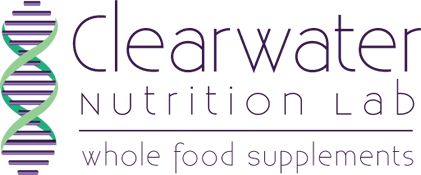Curcumin is an active polyphenol chemical extracted from the rhizomes of the Curcuma longa Linn plant, also known as the turmeric plant. The plant is used to create a spice by the same name- turmeric. The turmeric plant is an herbaceous perennial plant related to the same family as the ginger plant, Zingiberaceae. Curcumin’s label as a polyphenol means that it is a micronutrient with increasing evidence supporting its potential in preventing cardiovascular disease, cancer, and other degenerative diseases. Conventional wisdom in the medical community suggests that many illnesses are associated with the presence of inflammation in the body. One of values often attributed to Curcumin is its anti-inflammation properties. Curcumin is most commonly used as a spice throughout Southeast Asia in countries like India, Iran, and Pakistan, where it’s bright orange-yellow color is mostly used to add flavor and color to dishes such as curry but has also been used as a dye and for its potential health benefits. These regions tend to have a lower incidence of many illness associated with western society’s with Alzheimer’s being a notable example. It has been noted to have potential anti-inflammatory properties and is being investigated as a powerful anti-carcinogen.
Additional Benefits of Curcumin
Curcumin has the additional benefits of being a chemical with an extremely low toxicity while also showing results in cancers models conducted by the National Cancer Institute (NCI). The chemical shows promise through in vitro and in vivo cancer models (tests conducted within and outside a living organism) and has little to no side-effects because of its extremely low toxicity. It can be ingested in multiple forms such as in pastes, liquids, powders, or capsules. The varied potential of curcumin lies not only in it being easily ingestible in multiple forms and its potential anti-cancer abilities but in its varied potential within the human body. Curcumin has astonishingly seen potential in everything from anti-aging, the removal of amyloid plague attributed to Alzheimer’s damage, food preservation, increasing health and lifespan, and arthritis. It also has no issue in being absorbed into the body when it is unformulated such as when it is ingested through the use of a refined capsule also. Studies by the UCLA Alzheimer Translation Center has shown curcumin to be easily absorbed by the GI track and liver when refined and dried with a potential increase in bioavailability within food made from turmeric.
Curcumin, while having notable potential benefits in some fields like Alzheimer’s, is still being studied as to its direct effects on cellular function. A study from Oregon State University’s Linus Pauling Institute has shown it to have direct interactions with malfunctioning cells with damaged DNA. While a damage cell is typically marked for apoptosis (death) when it is damaged, some cells mutate and are not marked- typically leading to cancer. Curcumin interacts with the way cells communicate by triggering signaling pathways which leads unmarked damage cells to be removed normally.

